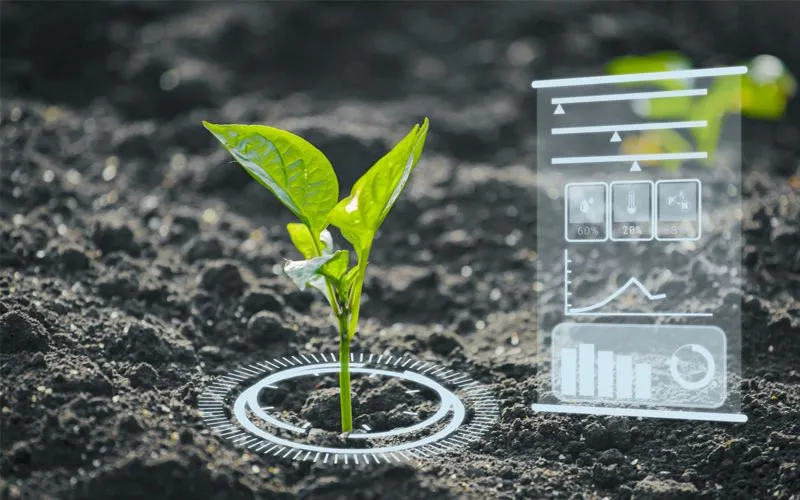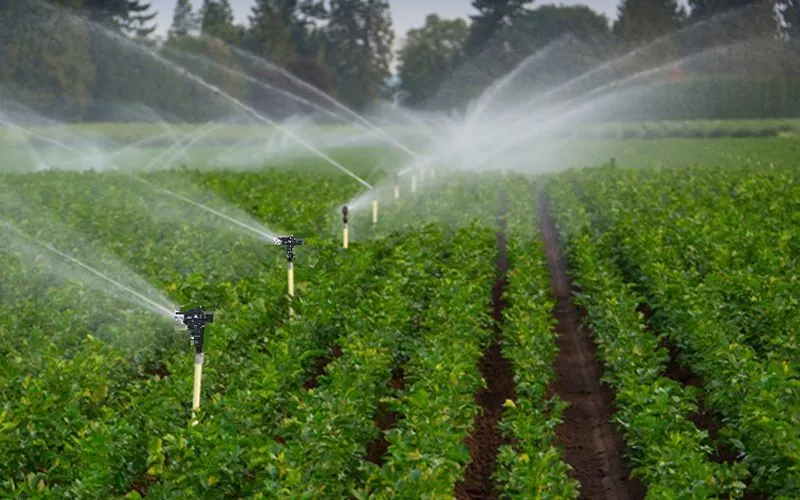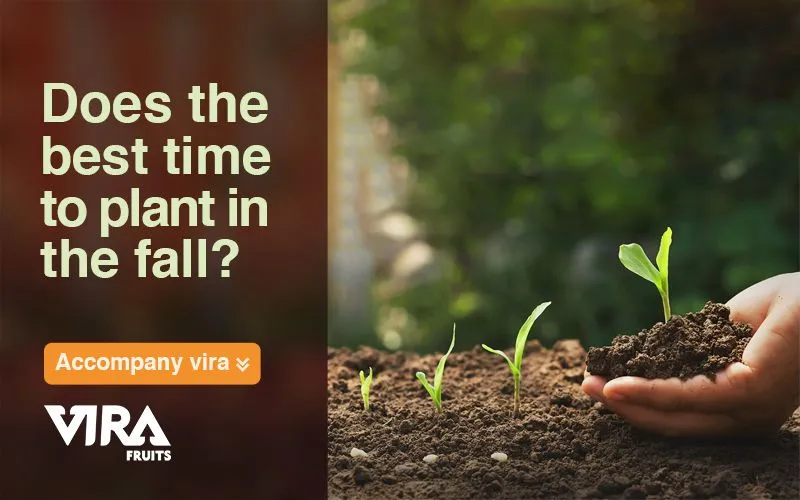Any plant should be planted during the dormant season – in North America, this is usually late fall or early spring. Some people believe that you should plant the plant in the fall. Planting during the rest of the year is fine as long as you provide more maintenance, such as watering and fertilizing. Although you can plant in the hot, dry summer, the fall is the best time for planting large shrubs and trees, as the roots of these plants bulk up over the winter, allowing them to drink more water.
Spring is often touted as the best time to plant, but fall is cooler, you’ll use fewer resources, and you’ll help pollinating insects find food during a time of year when they struggle. Save yourself some effort by planting in the fall, unless you like hot, sweaty days. Wildflower seeds, for example, planted in the fall have a chance to “settle” over the winter, and fall-planted wildflowers often bloom two weeks earlier than spring-planted ones. Container plants such as those from Direct Native Plants are dormant, as other plants will be over the fall/winter – but they are already established, so they easily outcompete other plants within their surroundings. Remember that dormant plants don’t typically show visible foliage until after they ‘winter over’- especially perennials.

Why fall is the time to plant fruit trees?
The roots of a fruit tree can become established before winter with a fall planting. That acclimation period is crucial. Heat and sunlight can both make it difficult for new transplants to settle in. As compared to the often-turbulent spring season, gardening in the fall provides a longer period of ‘good’ days. Moreover, if you plant in the fall, you’ll be ahead of the game and won’t have to rush after winter to get everything done. Planting perennials when you plant fall bulbs is a good strategy. Fall is also a good time to control weeds since they’re dormant, unlike spring when they’re highly energized and ready to take over your garden. It really helps you as a gardener – in the fall, you could clear your grow-site one weekend and plant the next. But in the spring, you have to clear and plant on the same day, or the weeds will take over.
During the fall and winter, when the temperatures drop, trees, shrubs, grasses, and flowers enter a dormant period, where they do not grow as many roots. Instead, they are storing energy in their roots for use during the next growing season. In the fall, you can plant these plants so that they can establish root systems that will allow them to bulk up during the winter. As well, there is usually more rain in the fall, so you need to do less maintenance.
It is the perfect time of year to plant native trees, shrubs, and perennials since they will get several weeks of warm soil temperatures before soil temperatures drop. There won’t be much growth on the surface, but trust us – the roots are growing and will do better than plants just getting their roots out during spring.

Fall Planting
Growers in warmer climates have the advantage of planting in the fall since there is a large window of opportunity. The roots can establish themselves. As a result, trees gain an early start and wake up with nature the following spring. Planting in the fall leads to more vigorous growth and better fruit production.
It requires less water and is easier on the plants. Trees that are too advanced (big and lush) at planting time, or those planted at a time of year when it is hot, will respond by giving off moisture. Transubstantiation can impair the performance of a new tree by increasing its water requirements. As a result of cooler temperatures, trees planted in the fall require less water than those planted in the spring and summer.
Tips for Planting in the Fall
Before planting in the fall, consider your hardiness zone. My advice is to plant in the spring if your ground freezes by the end of October or November. If you feel comfortable planting in the fall and expect your soil to be workable, you should consider planting cold-hardy fruit trees.

Other considerations for all seasons
The Importance of Selecting Pollinators
Choosing fruit trees that can pollinate each other is equally important. Many fruit trees do not self-pollinate. Therefore, they cannot pollinate themselves and require a second tree to bear fruit. Often, that doesn’t just mean another tree of the same variety. Pollination and fruit production are required for self-sterile fruit trees.
The Importance of Watering Well
Water the root ball generously until water pools around the hole. Afterward, fill in the rest of the hole with equal amounts of compost and soil.
